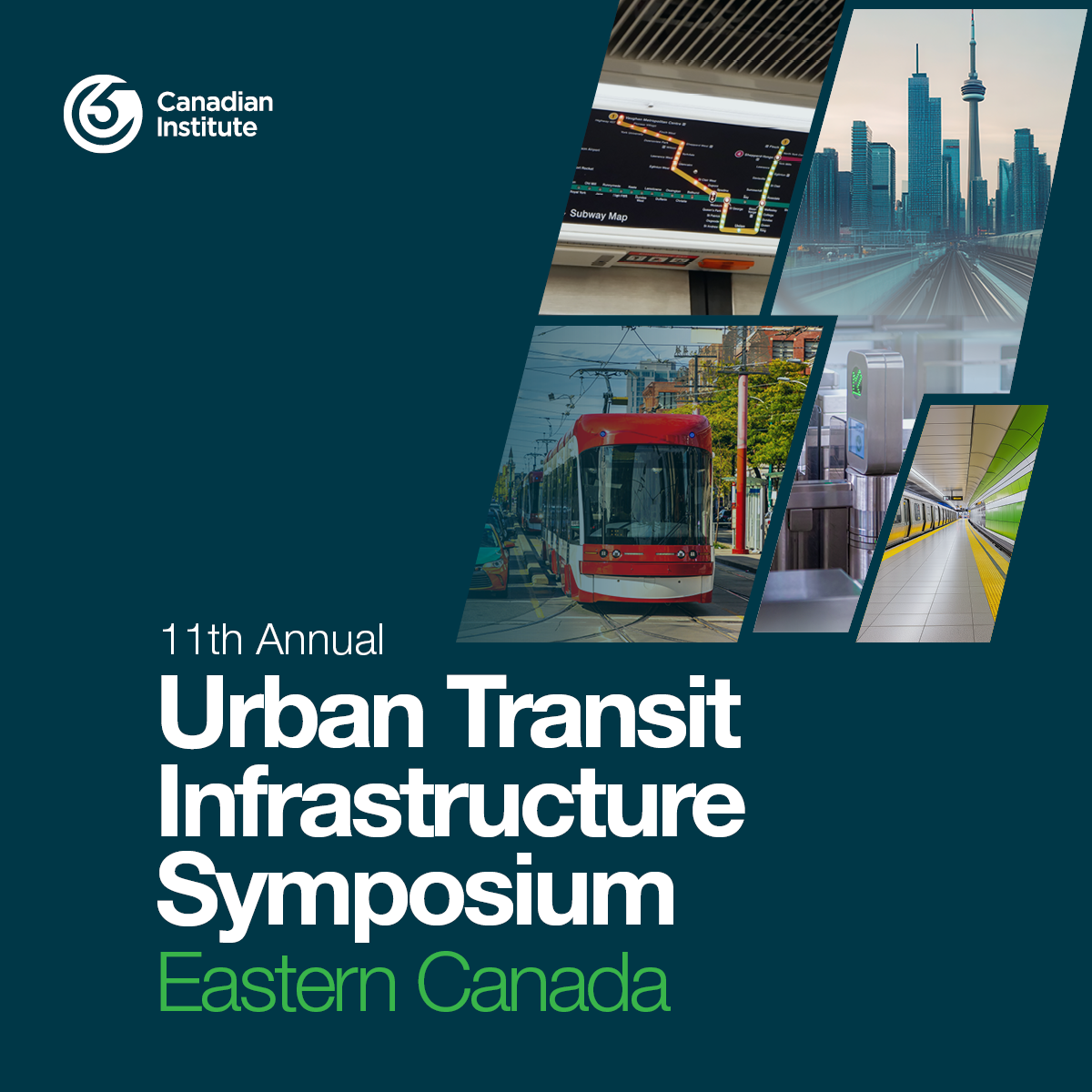A federal Crown corporation paid more than $330,000 to an outside marketing firm to rebrand a planned passenger rail project between Toronto and Quebec City and boost its popularity.

www.bnnbloomberg.ca
Some excerpts,
A federal Crown corporation paid more than $330,000 to an outside marketing firm to rebrand a planned passenger rail project between Toronto and Quebec City and boost its popularity.
Documents obtained by The Canadian Press detail how the corporation, concerned about “widespread disinterest” in a high-frequency rail corridor announced in 2021, decided to change its name and pivot to high-speed rail instead.
With the firm’s help, the corporation came up with a new logo and a new name – Alto – more than a year ago.
The rebranding was apparently so sensitive that the Crown corporation also chose a code name for Alto. Multiple documents, obtained using access-to-information law, refer to the new name as “Tracks".
The documents make clear that by the fall of 2023, however, the Crown corporation felt it needed to change course and scrap its original name — VIA HFR.
“The concept of ‘high frequency’ faces strong opposition. There’s widespread disinterest and dissatisfaction associated with the term, hindering any meaningful discussions and support. This resistance has become particularly challenging to navigate as the term ‘high frequency’ is directly embedded in the (corporation’s) name,” reads an undated briefing note written in late 2023 or early 2024.
It goes on to say that discussions of higher speed “are met with openness,” which would lead to “greater project support and acceptance.” It adds that the VIA HFR name should be changed early in the process, while the public’s awareness of the project is “relatively low.”
A presentation from the firm dating from December 2023 shows a list of “top 3” names under consideration at the time: Inter, XLR and Trax.
But none of those made the cut. An April 2024 presentation from VIA HFR shows the corporation had landed on Alto, which it said “embodies the project’s stronger focus on incorporating higher speeds and providing a higher level of service to Canadians.”
Alto also evokes “music and the train as catalysts for connection,” the presentation says, and is a “play on words with the train as an alternative way to travel.” The name also works in both official languages, it adds.
“Naming a national project of this scale goes beyond branding,” a spokesperson for Alto said in an email statement to The Canadian Press. “A strong, meaningful name anchors public support, reflects ambition, and shapes how Canadians will connect with the project for decades. It’s a sensitive process. We approached Alto’s naming with care, rigour, and a long-term vision.”
It’s not unusual for transit projects to get branding makeovers worth hundreds of thousands of dollars – nor is it uncommon for them to attract criticism. Last November, the Canadian Taxpayers Federation took issue with Saskatoon for spending $317,000 on a city bus rebrand. The city responded by saying the cost was in line with similar projects across the country.
Still, the switch to high speed clearly won over some important players. In an interview after Trudeau’s announcement in February, Quebec City Mayor Bruno Marchand said he was “very happy” with the decision, and called the high-frequency project “crap.”
An internal presentation from August 2024 cites public opinion research showing that people preferred a higher-speed rail line, despite the added cost. “We must continue to shift away from the high frequency narrative to keep the public and stakeholders engaged,” it reads.






